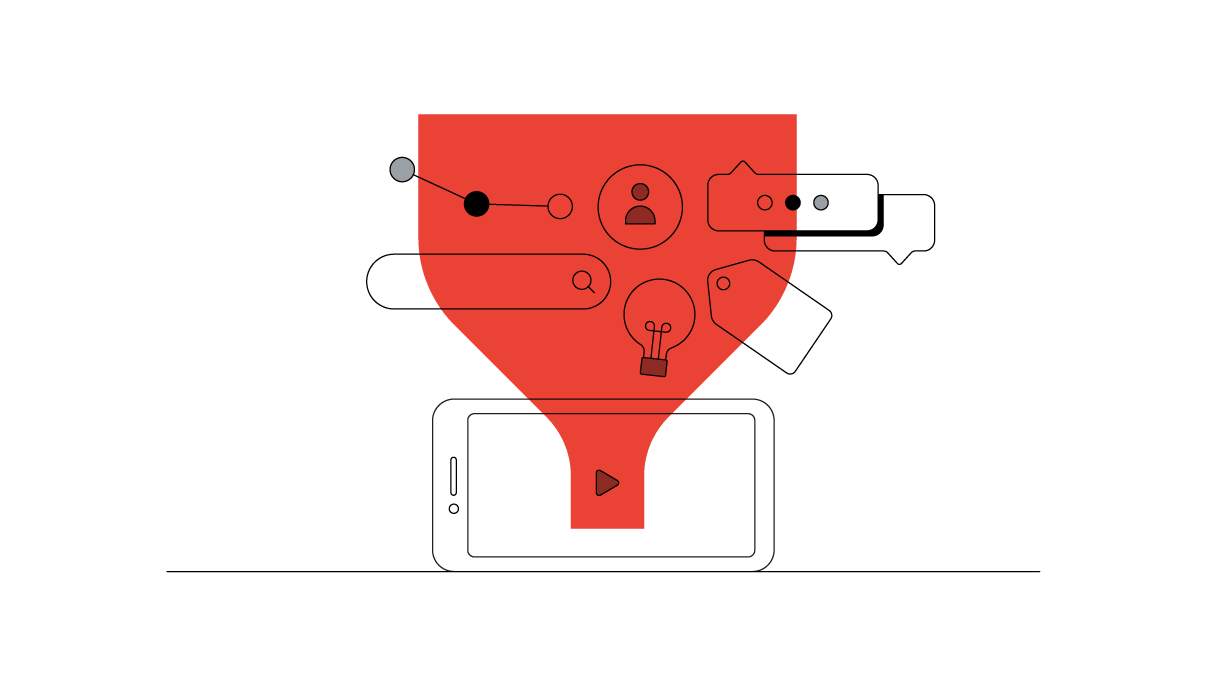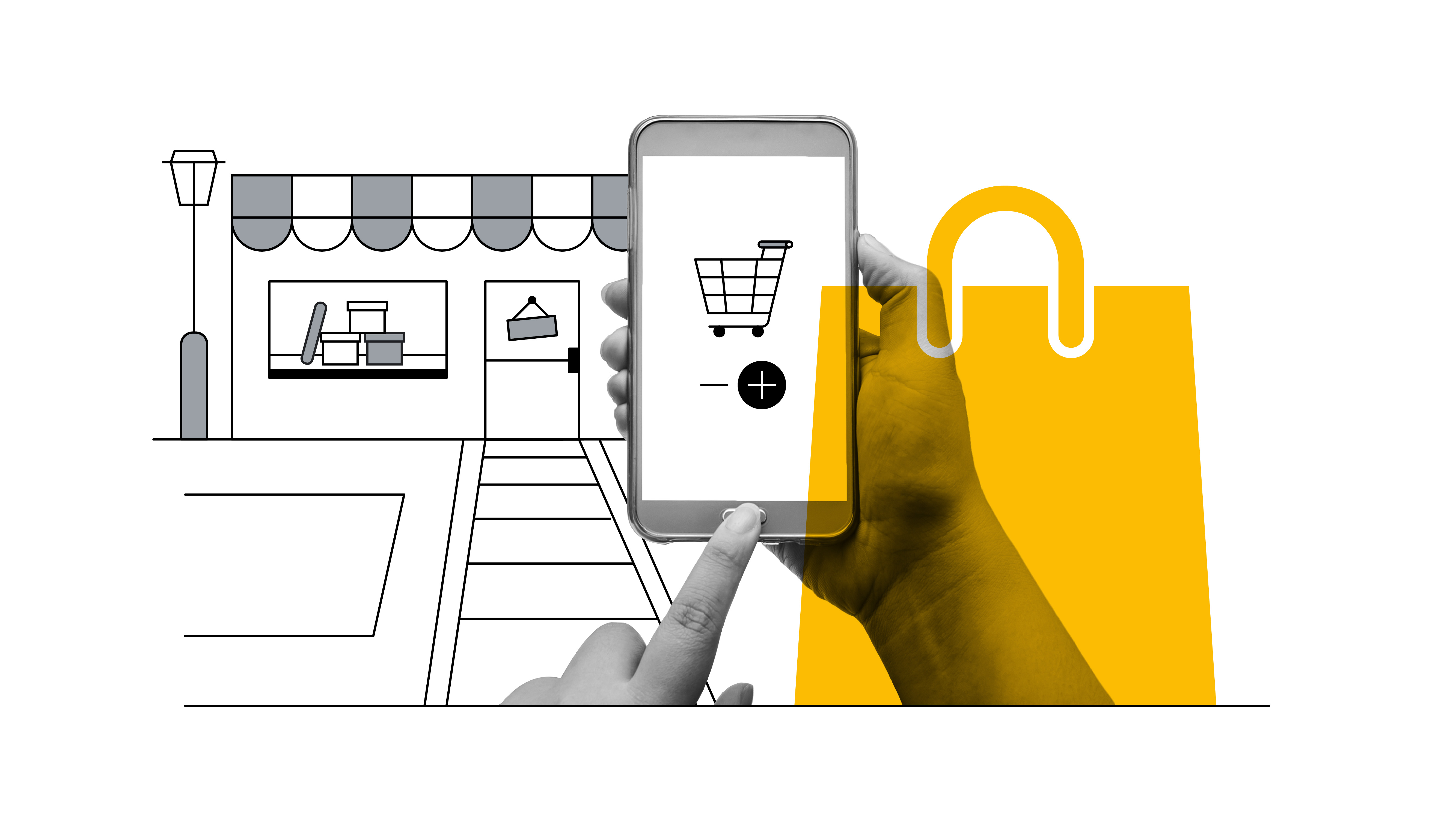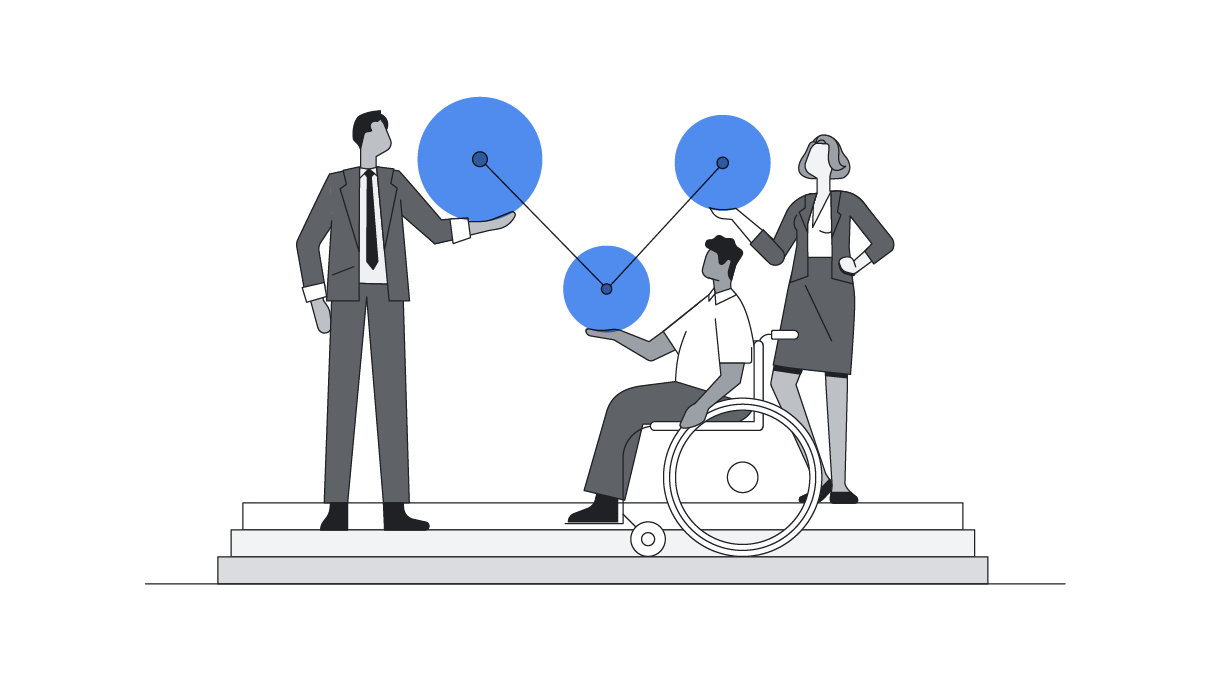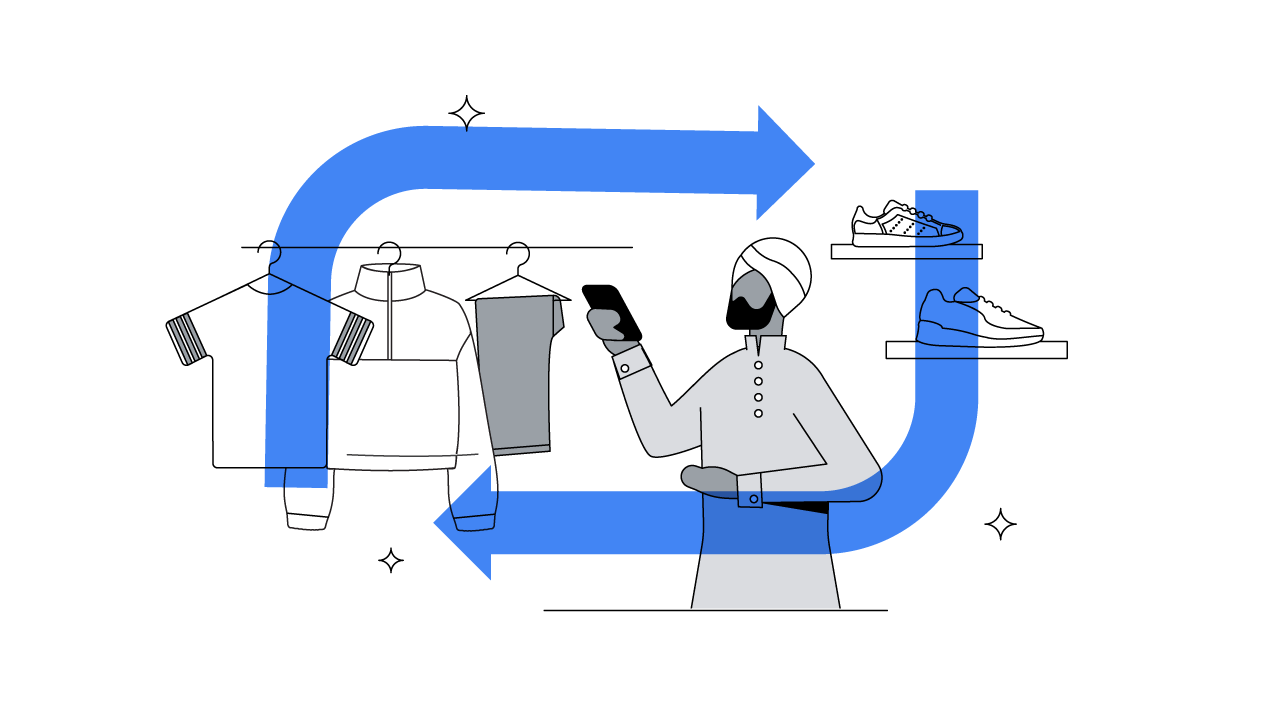Any online shopper knows that clicking ‘add to cart’ doesn’t always lead to a purchase. And searching for a product doesn’t necessarily mean you want to get it there and then. As consumers, we like to explore our options before hitting the ‘buy’ button.
This is an important insight for retailers: consumers may not make their purchases right away, but their visits to your site and their awareness of your ad campaigns can help encourage future sales. Being present and visible all year long can ultimately secure end-of-year success during the peak holiday season.
Setting up for seasonal success
The multifaceted nature of the shopping journey makes it difficult to measure the impact of awareness campaigns. For Twistiti, a small Belgian retailer selling children’s watches, this made it hard to justify investing in them, with disappointing end-of-year sales in 2019 as a result.
“As a small business on a tight budget we were focused on quick returns,” says the brand’s founder, Léopold le Hardÿ. “When our awareness campaigns didn’t drive instant results, our first instinct was to panic and hit ‘pause’.”
But pausing was no longer an option once COVID-19 hit. Le Hardÿ realised he had no choice but to ramp up Twistiti’s online performance after government policies directed physical stores to shut.
“When our awareness campaigns didn’t drive instant results, our first instinct was to panic and hit ‘pause’.”
He partnered with digital agency Clicktrust, whose CEO, Fabian Van De Wiele, instantly knew what needed to happen: “From Search data and tools like Market Finder we knew there was demand, but without investing in brand awareness Twistiti wouldn’t be able to tap into that. Still, le Hardÿ and his team got nervous when their upper funnel marketing spend wasn’t directly followed by an increase in sales. That’s when we realised we needed a measurement strategy,” he says.
Connecting the dots
Marketers have long had a tendency to optimise advertising campaigns for last-click attribution, meaning that all conversion credits go to the last touchpoint of a customer journey. While this is understandable, it doesn’t paint the full picture.
“The digital landscape is much more fragmented than that,” confirms Van De Wiele. “Investing in Google Ads doesn’t mean you’ll see returns in Google Ads, and brand decision makers — be it with a large financial institution or a small start-up — have a hard time accepting that.”
“From Search data and tools like Market Finder we knew there was demand, but without investing in brand awareness Twistiti wouldn’t be able to tap into that.”
Data integration skills are often the missing piece of the puzzle, but bringing in an expert agency alone isn’t always enough. “Even with a client as digitally savvy as Twistiti it was really tough in the beginning. They just weren’t convinced raising brand awareness in the summer would lead to increased sales in October,” says Van De Wiele.
Clicktrust started by identifying clear KPIs and establishing how they correlated by looking at past business data. They could see that an increase in product views across channels was in direct proportion to an increase in add-to-carts and, finally, a boost in online and offline sales. These trends took place over the course of a year, across various channels and touchpoints.
With this knowledge, they were able to use actions such as ‘adding to cart without buying’ or product views as a ‘leading indicator’ for conversions at a later date.
“The first awareness campaigns prompted a massive increase in add-to-carts but no similar boost in sales,” says Van De Wiele. “Thanks to the leading indicators, we could prove that this was because people were considering the product now, but won’t buy it until peak season. Once we visualised that correlation for the Twistiti team, the penny dropped.”
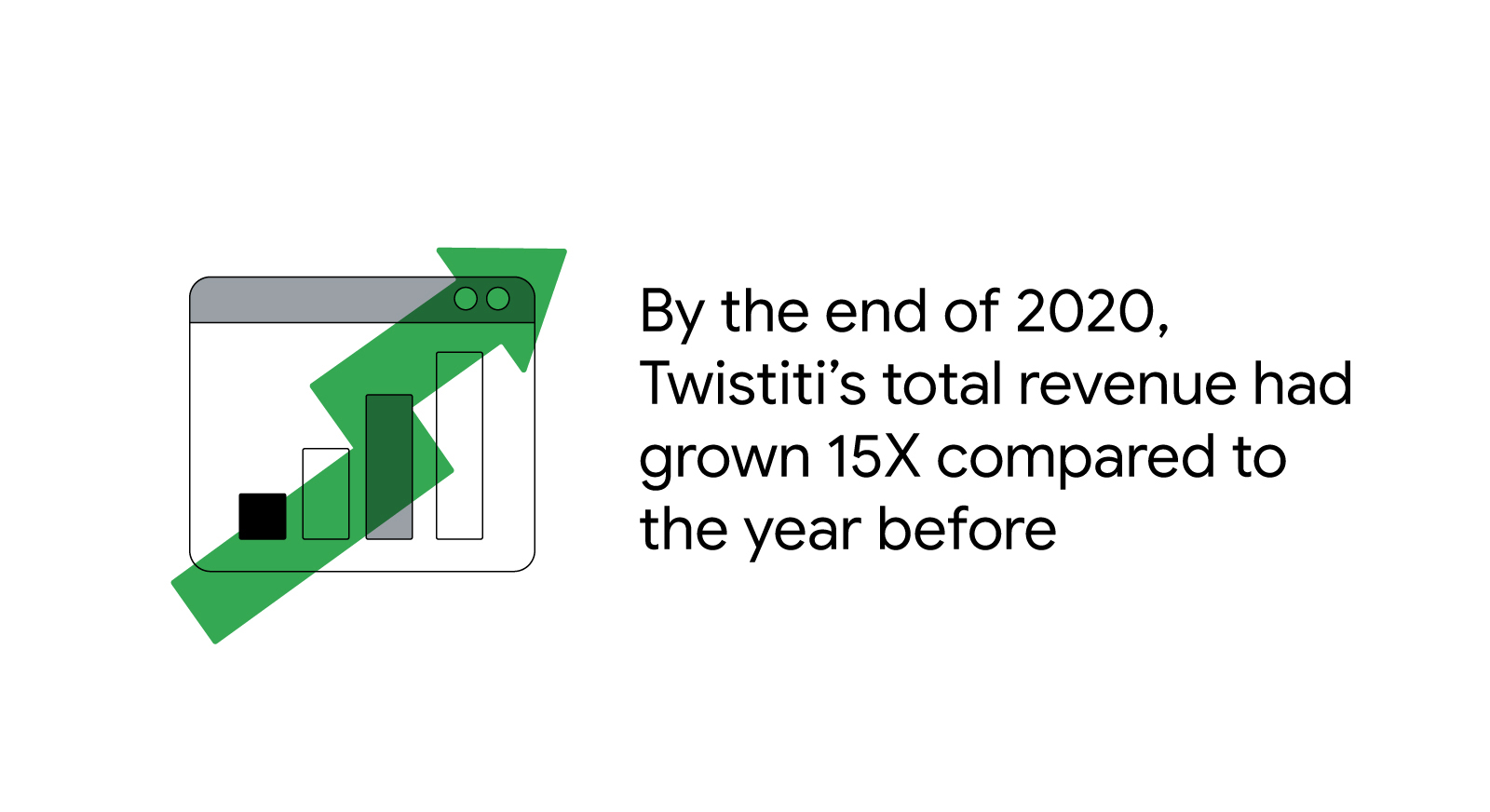
The lockdown effect
By the end of 2020, Twistiti’s total revenue had grown 15X compared to the year before. A clear sign of success, but they were careful not to rule out the impact of lockdown policies and shifting consumer habits.
“We launched this campaign in France, which went into a very strict lockdown just as peak season started,” explains Van De Wiele. “Throughout the season there was a voice in the back of my mind wondering if the numbers we saw weren’t purely because online shopping was the only option out there. We half expected everything to crash in 2021.”
Luckily that wasn’t the case. With sales in January 2021 still up X10 compared to the year before, Clicktrust and Twistiti were finally able to say their strategy worked.
“You can’t just come in at Christmas time, run some ads and expect to see results. It takes a lot more work than that.”
This was further confirmed when they compared their French campaign results with those in Germany, where they hadn’t done any top of funnel marketing. While they did drive sales, the cost-per-click was so high that they had to shut down the campaign. “That really was a key learning for me,” says Twistiti’s le Hardÿ. “You can’t just come in at Christmas time, run some ads and expect to see results. It takes a lot more work than that.”
3 ways to drive end-of-year sales with awareness campaigns
- Invest in awareness campaigns to drive sales when it matters most. While peak season only happens once every 12 months, consumers browse and research products all year long.
- Use first-party data to paint the full picture. Looking at past business data can help identify patterns in consumer buying behaviour.
- Visualise the impact. Figuring out how to measure correlations between multi-channel KPIs is one thing, but getting others to understand how it works is another.
